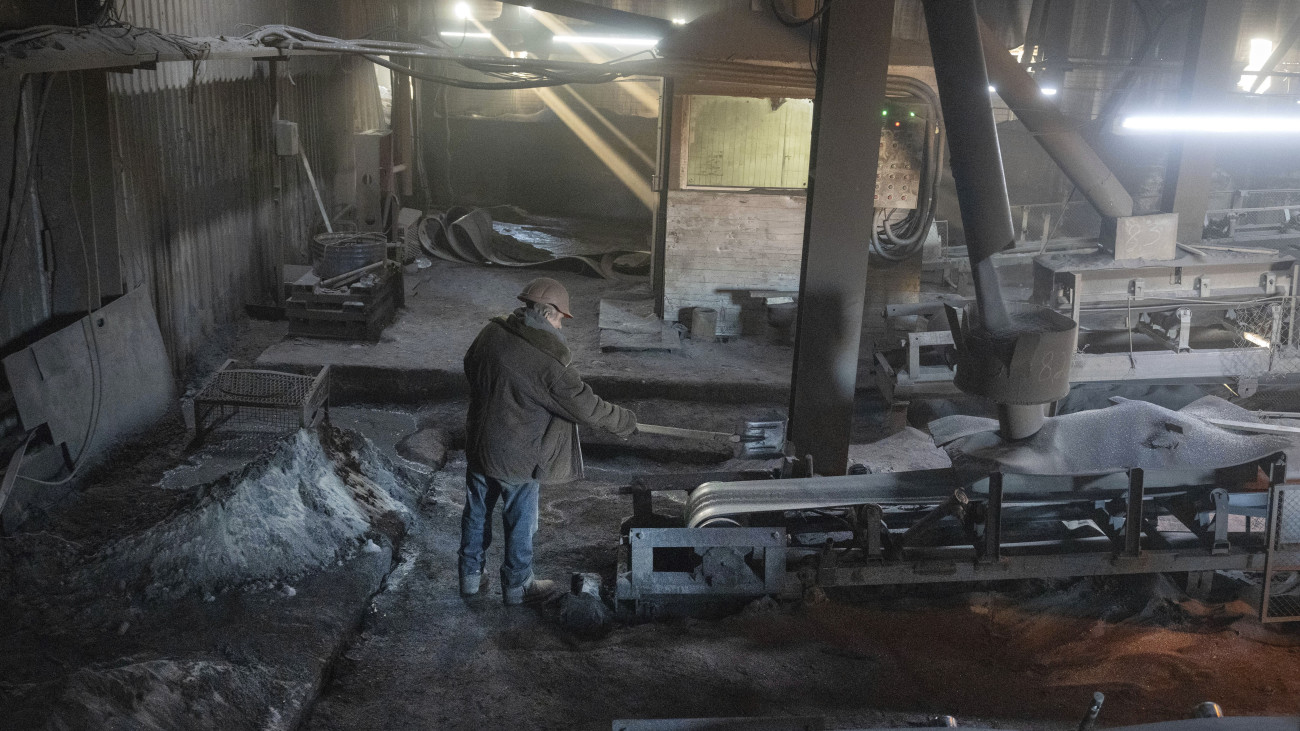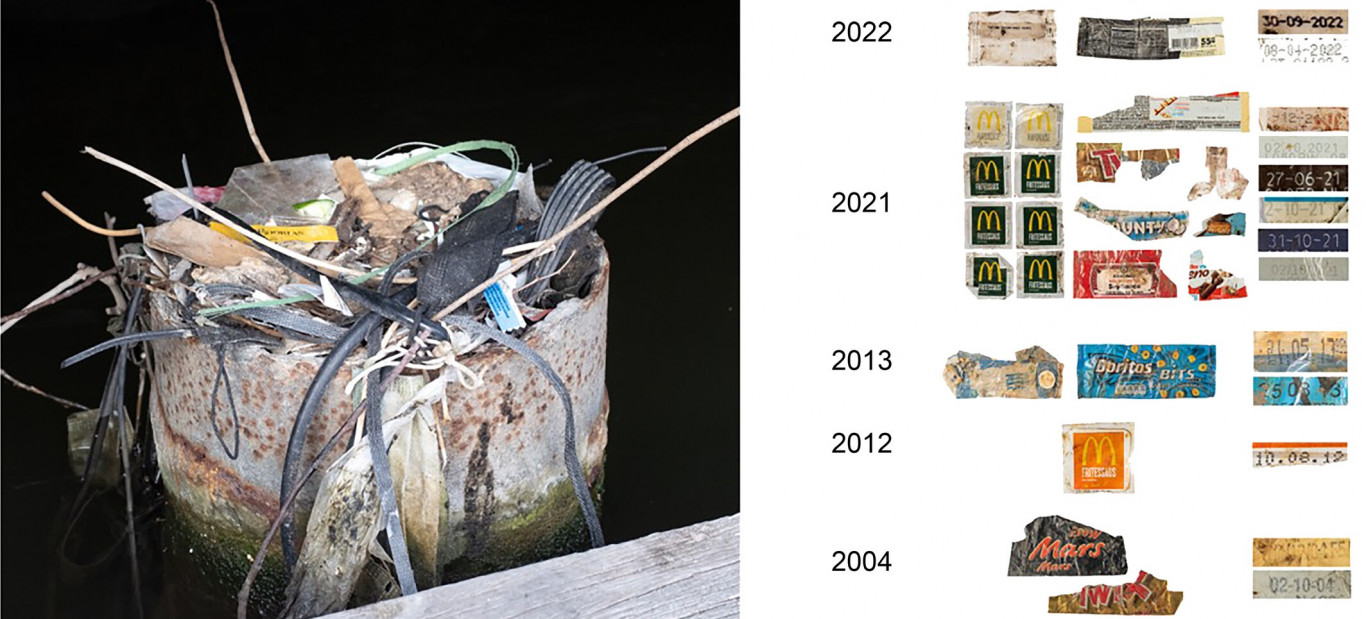A vast area of the ocean floor designated for deep-sea mining is home to thousands of marine creatures, most of them unknown to science. The research has been published in the journal Current Biology. He writes for the BBC Science Journal.
They include exotic worms, brilliantly colored sea cucumbers, and corals. Scientists have completed the first complete species inventory to help assess risks to biodiversity.
It is said that more than 5,000 different animals have been found in the Clarion-Clipperton region in the Pacific Ocean.
And the region is a prime candidate for mining precious metals from the sea floor, which could begin this year. Companies want to extract precious metals from the depths of the sea in international waters, but they have not yet begun to extract them.
Muriel Rabone of London’s Natural History Museum said the site was a wonderfully exotic environment with an abundance of animals – everything from exotic sea cucumbers with sails on their backs to beautiful glass sponges. We need to know what biodiversity looks like and what we could lose from the effects of mining.

Scientists sifted through thousands of scientific papers and thousands of records in databases to compile a list of life forms in the region. Of the thousands of other recorded otherworldly, beautiful and ethereal animals, only 400 are known to science. The menu includes small shrimp-like crustaceans, worms, corals, glass sponges, red and orange sea cucumbers: the so-called gummy squirrels and gummy bears, sea urchins, snakes and sea lilies. Animals evolved in isolation over millions of years in the cold, dark conditions of the ocean floor. The vast majority (90%) are new to science and do not yet have an official scientific name and have no place on the tree of life.

Dr. Adrian Glover of the Natural History Museum said,
We are facing the potential approval of some of the largest deep sea mining operations.
We need to make sure that any such hike is done in a way that minimizes its impact on the natural world.

For decades, deep-sea mining has been planned for—and fiercely opposed to—harvesting rocks that contain valuable minerals. Some believe that minerals found on the sea floor are promising sources of minerals such as cobalt and nickel, which are needed in technologies such as cell phones, wind turbines, and electric vehicle batteries.

But opponents argue that we do not know enough about ocean ecosystems to ensure that mining does not cause irreparable damage.
Data on life beneath the ocean waves was collected during a major scientific expedition, during which equipment lowered to the ocean floor collected species and images.
(Source: BBC News:: https://www.bbc.com/)












































